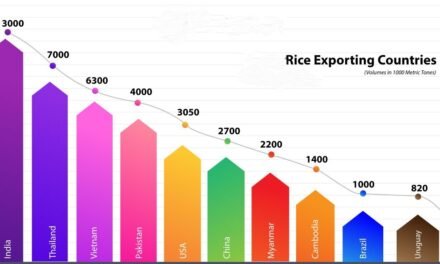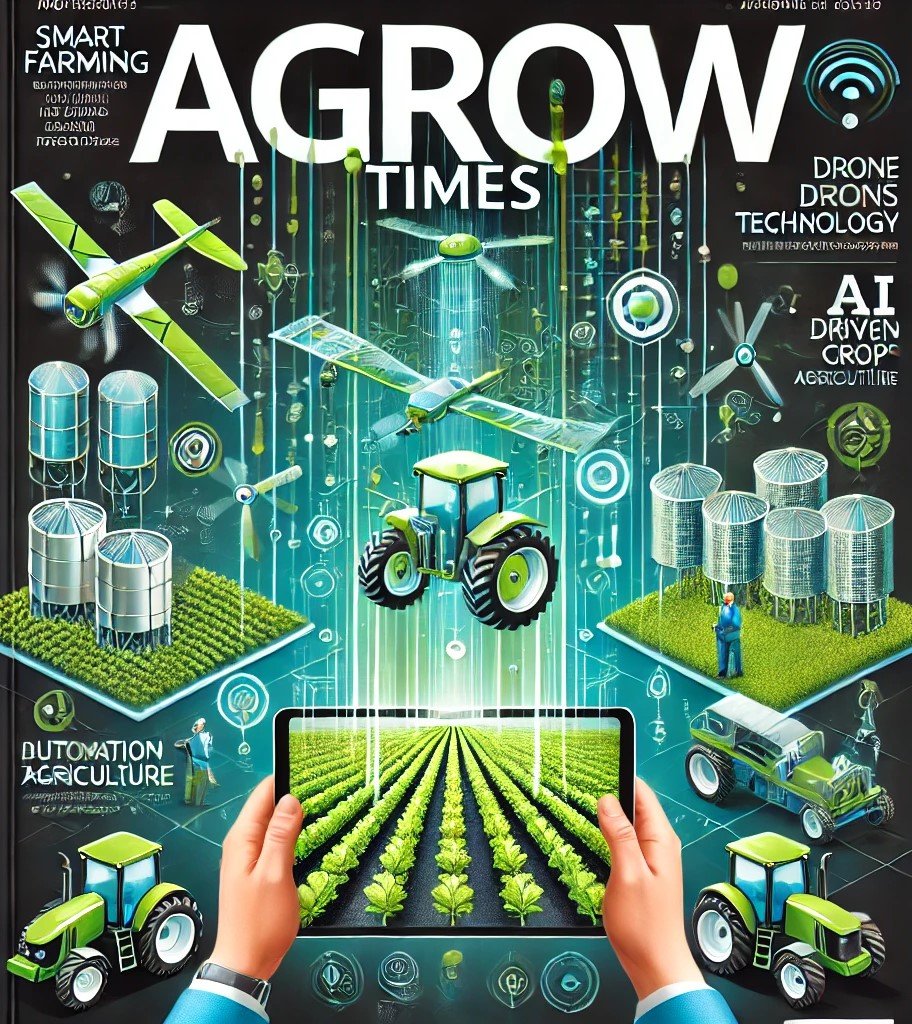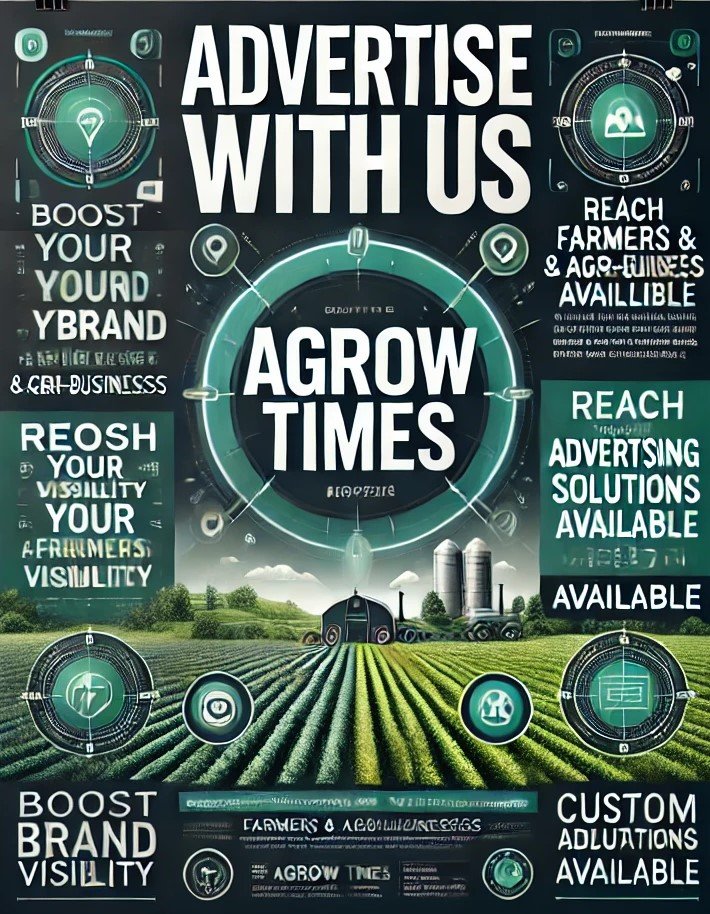Raw material sourcing is a critical factor in the production of food and beverages, influencing product quality, cost, sustainability, and market competitiveness. Here’s how it impacts various aspects of production:
1. Product Quality and Consistency
- Impact: The quality of raw materials directly affects the taste, texture, nutritional value, and safety of the final product. Variability in raw material quality can lead to inconsistencies in production.
- Examples:
- High-quality cocoa beans yield premium chocolate.
- Fresh, pesticide-free fruits enhance the flavor and safety of juices.
2. Cost of Production
- Impact: The price of raw materials constitutes a significant portion of production costs. Sourcing from reliable but cost-effective suppliers is crucial to maintain profitability.
- Examples:
- Fluctuating grain prices impact the cost of cereal and bread production.
- Importing exotic ingredients may increase costs but add value to premium products.
3. Supply Chain Reliability
- Impact: Dependable raw material sourcing ensures a steady supply for continuous production, while disruptions can lead to delays or shortages.
- Examples:
- Seasonal availability of fresh produce can limit production schedules.
- Geopolitical issues are affecting imports of specialty ingredients like spices or coffee.
4. Sustainability and Ethical Considerations
- Impact: Consumers increasingly prefer products made from sustainably and ethically sourced raw materials, influencing brand reputation and market demand.
- Examples:
- Sourcing fair-trade coffee or cocoa for ethical consumer appeal.
- Using ingredients from farms practicing regenerative agriculture to reduce environmental impact.
5. Regulatory Compliance
- Impact: Raw materials must meet regulatory standards for safety, quality, and labeling. Non-compliance can lead to legal penalties and product recalls.
- Examples:
- Ensuring raw milk complies with pasteurization laws.
- Verifying imported raw materials meet food safety regulations.
6. Innovations in Product Development
- Impact: High-quality or unique raw materials allow manufacturers to create innovative products and cater to niche markets.
- Examples:
- Using plant-based proteins like pea or chickpea for alternative beverages.
- Incorporating organic or non-GMO ingredients to target health-conscious consumers.
7. Traceability and Transparency
- Impact: The ability to trace the origin of raw materials is crucial for quality assurance, safety, and meeting consumer demand for transparency.
- Examples:
- Blockchain technology for tracking coffee beans from farm to cup.
- Labeling products with detailed sourcing information to build consumer trust.
8. Environmental Impact
- Impact: The environmental footprint of raw material sourcing, including water usage, land impact, and carbon emissions, affects sustainability goals and consumer perceptions.
- Examples:
- Sourcing almonds responsibly to address concerns about water usage.
- Favoring local suppliers to reduce transportation emissions.
9. Processing Efficiency
- Impact: The quality and type of raw materials influence the efficiency of production processes, including yield, waste generation, and equipment wear.
- Examples:
- Higher-quality grains result in better flour yields with less waste.
- Fresh produce with consistent ripeness improves juicing efficiency.
10. Market Position and Branding
- Impact: Raw materials used in production shape the brand’s identity and appeal to specific consumer segments.
- Examples:
- Premium brands are sourcing rare or exotic ingredients for differentiation.
- Health-focused brands emphasize organic or minimally processed raw materials.
11. Risk Management
- Impact: Diverse and reliable sourcing strategies mitigate risks from weather, pests, or geopolitical issues that could disrupt supply.
- Examples:
- Diversifying suppliers for critical ingredients like sugar or oils.
- Building inventory buffers for crops affected by seasonal changes.
By carefully managing raw material sourcing, food and beverage manufacturers can optimize production processes, maintain high-quality standards, and align with consumer and regulatory expectations. This strategic approach also supports sustainability, innovation, and long-term profitability.









